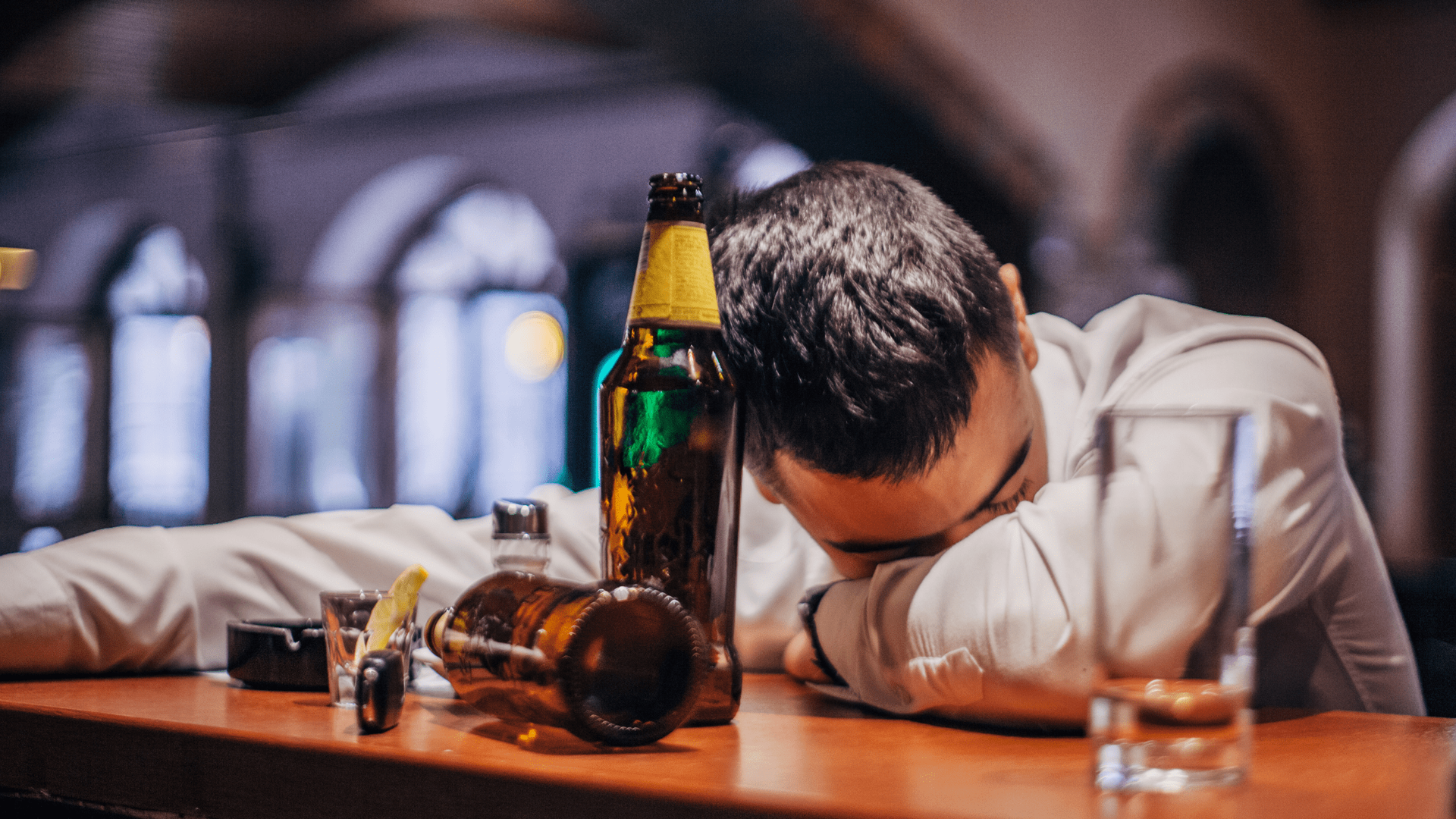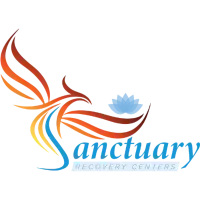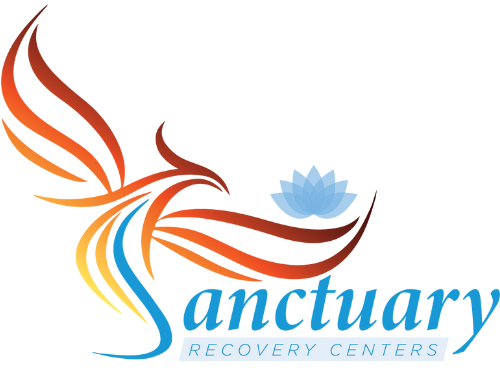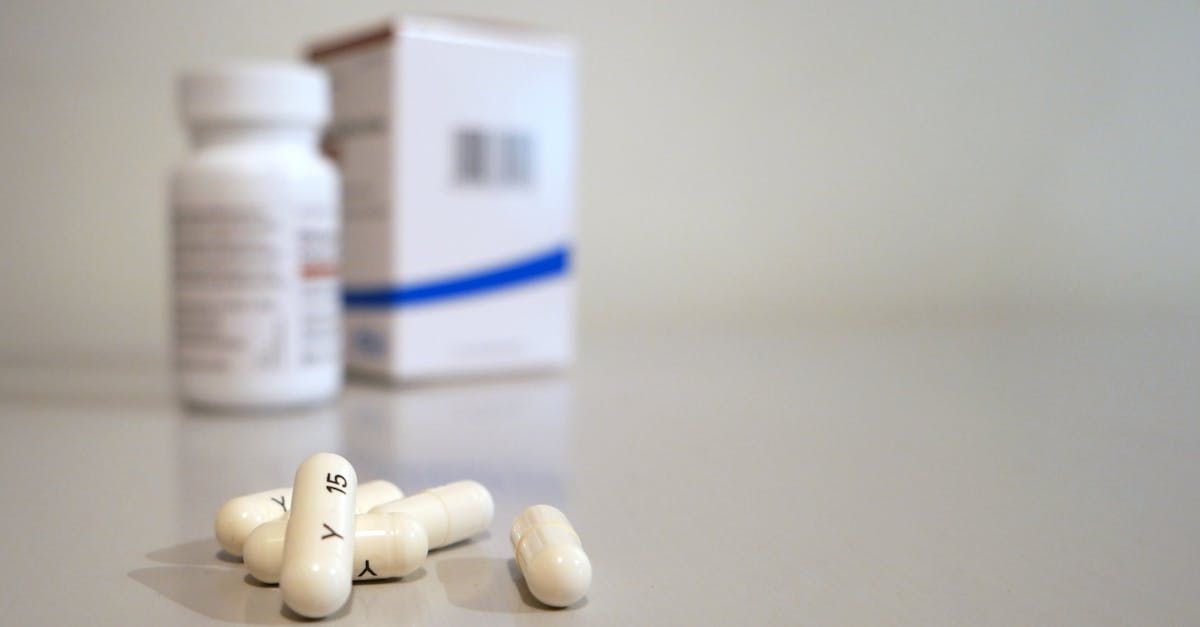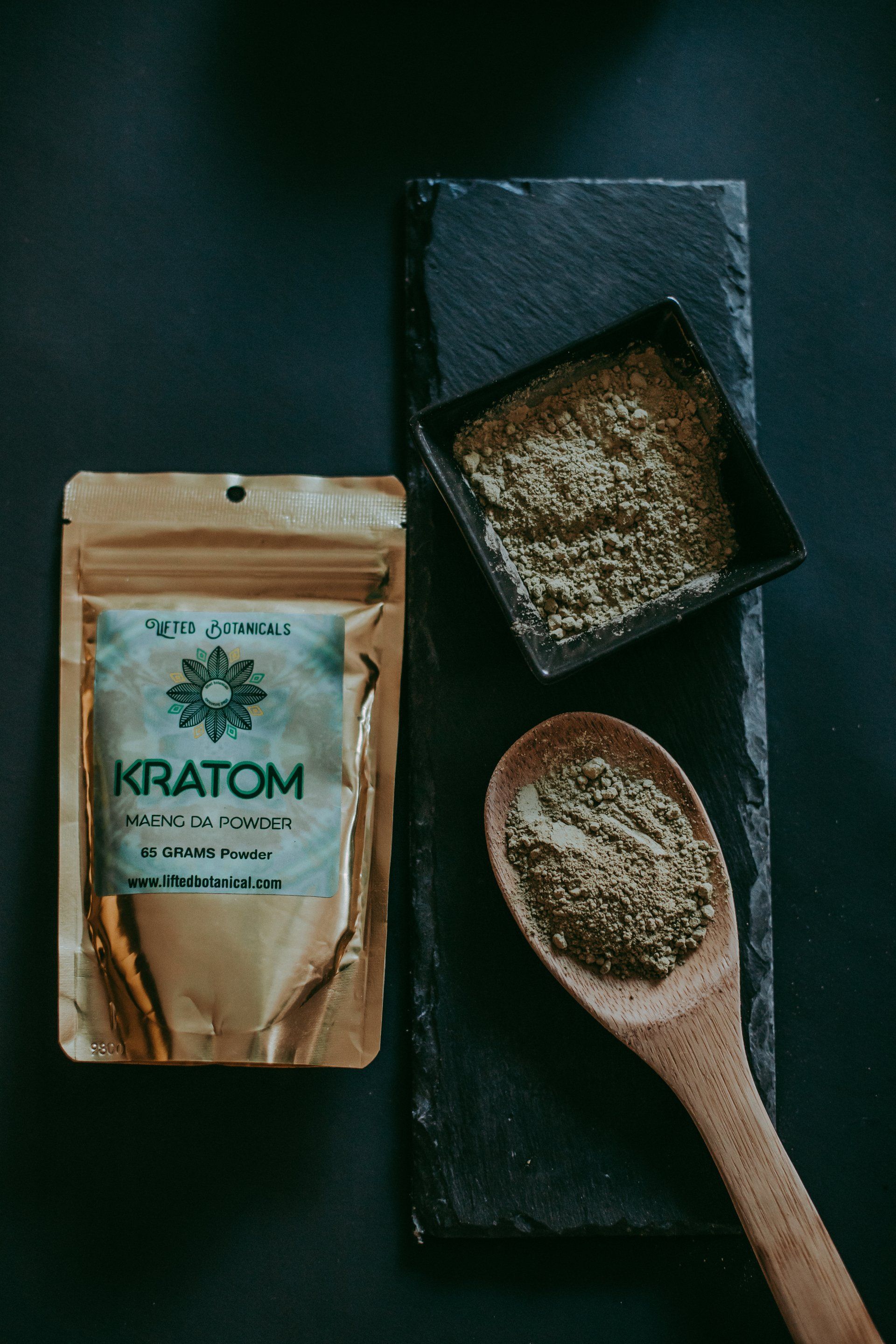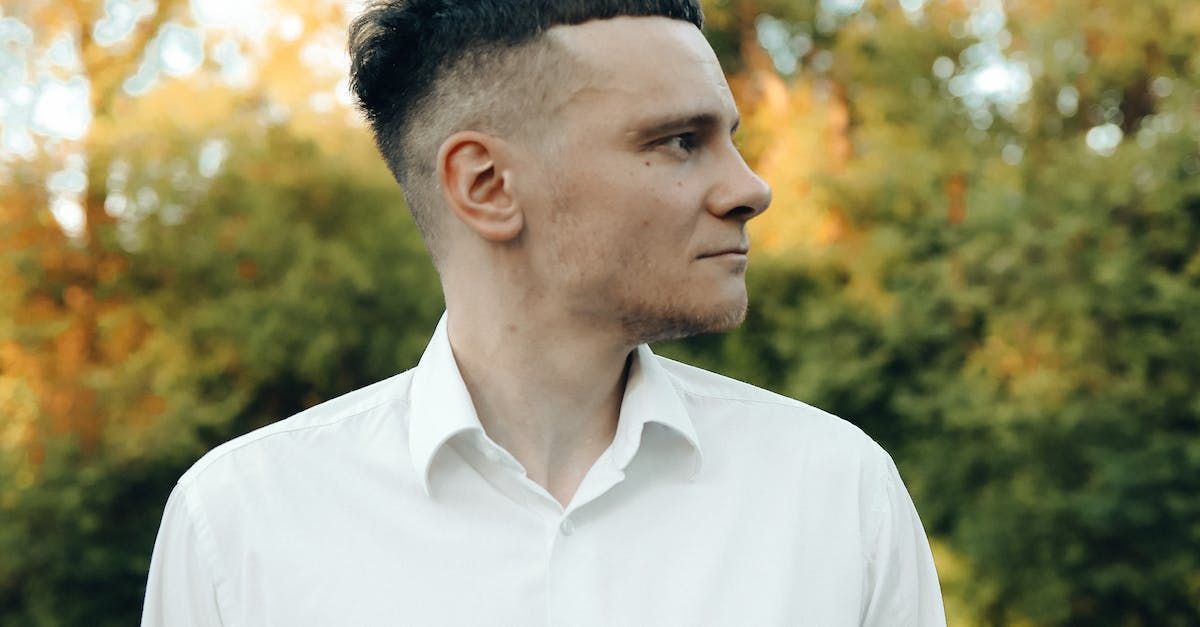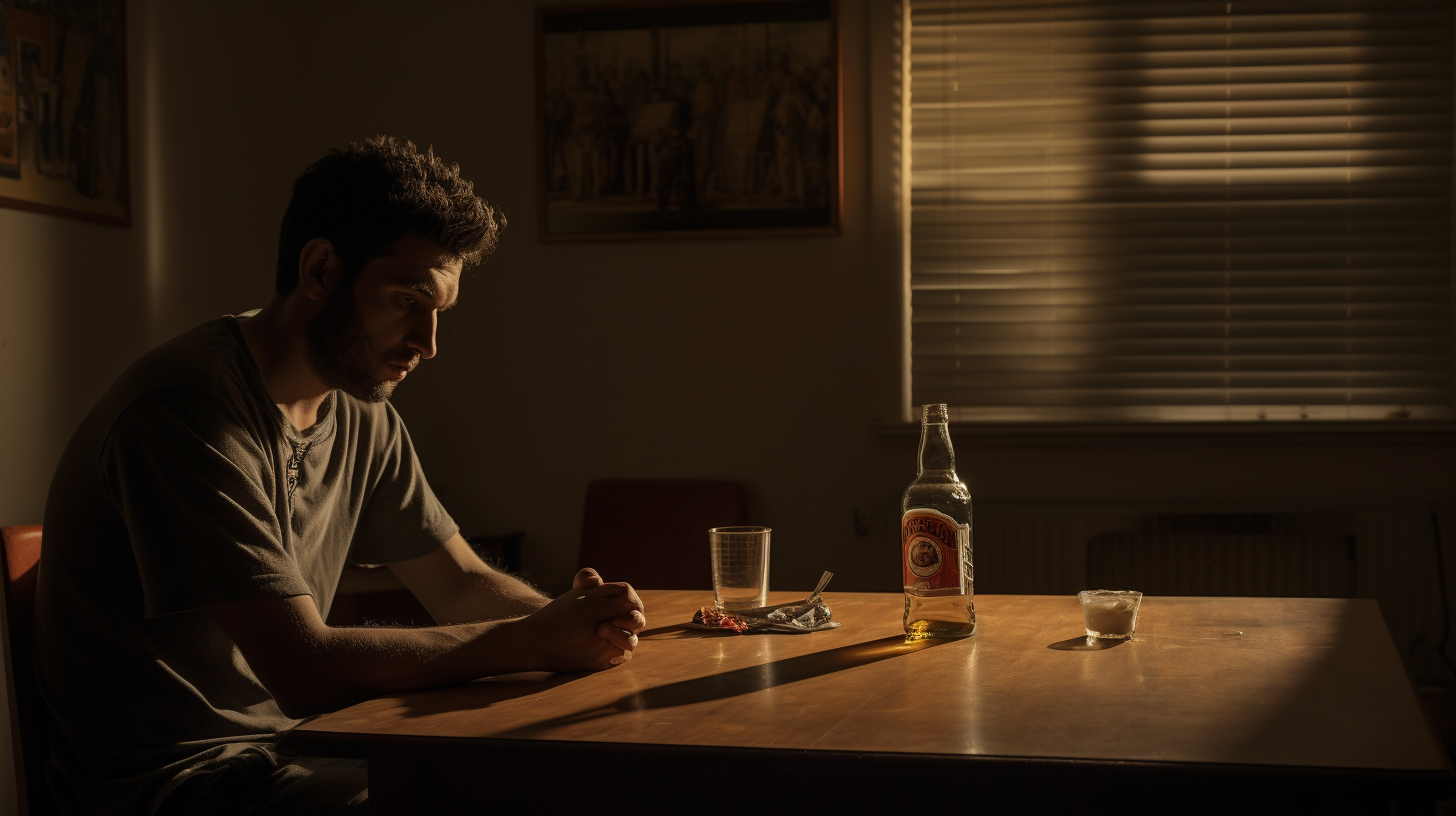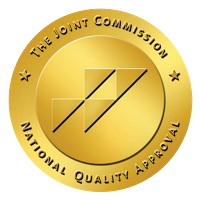Get Help With Your Addiction

The Ultimate Guide to Understanding Class 1 Drugs: What You Need to Know
Dive into the comprehensive world of Class 1 drugs. Understand what they are, their impacts, and the real-life examples of What Are Examples of Class 1 Drugs.
Introduction to Class 1 Drugs
The world of pharmaceuticals is vast and intricate. Among the myriad classifications, Class 1 drugs stand out due to their high potential for abuse and lack of accepted medical use. But what exactly defines a drug as Class 1? And how do different countries perceive them?
What defines a drug as Class 1?
Class 1 drugs, often referred to as Schedule I substances, are typically characterized by a high potential for abuse and no currently accepted medical use in treatment. This distinction is based on current scientific evidence, medical opinion, and concerns over public safety.
The global perspective on Class 1 drugs
The classification of drugs varies from country to country. However, the consensus remains that Class 1 drugs pose significant risks, both medically and socially.
The Medical World and Class 1 Drugs
Medical professionals are well-aware of the contentious nature surrounding Class 1 drugs. The debate often centers on their potential medicinal uses versus their risks.
Medicinal uses of Class 1 drugs
While these drugs are primarily known for their recreational use, some have been investigated for potential therapeutic applications, particularly in mental health and pain management.
The controversy surrounding medical use
Despite some promising findings, the medical community remains divided. The lack of extensive clinical trials and potential for misuse are frequent points of contention.
What Are Examples of Class 1 Drugs
Delving deeper, let’s explore some of the most notorious and commonly recognized Class 1 drugs.
Popular Class 1 drugs and their origins
Examples include LSD (originally synthesized for psychiatric purposes), heroin (derived from morphine), and ecstasy (a synthetic drug known for its psychoactive properties).
Why are they classified as Class 1?
Each of these drugs, despite their origins or potential therapeutic uses, has been deemed to have a high potential for abuse and lacks accepted safety protocols for use under medical supervision.
Legal Implications of Class 1 Drugs
The legal landscape surrounding Class 1 drugs is complex, with hefty consequences for those found in possession.
The legal status of Class 1 drugs worldwide
In most countries, possession, sale, or manufacture of Class 1 drugs can lead to severe legal penalties.
Punishments and consequences of possession
From hefty fines to lengthy prison sentences, the repercussions can be life-altering.
The Social Impact of Class 1 Drugs
Beyond the individual, Class 1 drugs have a profound impact on society at large.
Societal views on Class 1 drug use
These drugs often carry a stigma, leading to heated debates and societal divisions.
The impact on families and communities
From broken families to strained community resources, the ripple effects are far-reaching.
Class 1 Drugs and Addiction
Understanding the addictive nature of these drugs is crucial for both users and their loved ones.
Understanding addiction and its causes
Many Class 1 drugs can lead to physical and psychological dependence, resulting in a cycle of addiction that’s hard to break.
Rehabilitation and treatment options
Thankfully, numerous programs and therapies are available to help those struggling with addiction to find a path to recovery.
Comparison with Other Drug Classes
How do Class 1 drugs stack up against other classifications?
Differences between Class 1 and other drug classes
While all drugs have potential risks, Class 1 drugs are uniquely distinguished by their high abuse potential and lack of accepted medical use.
Why Class 1 drugs are deemed more dangerous
Their potent effects, coupled with their addictive nature, make them a significant public health concern.
FAQs About Class 1 Drugs
Are all Class 1 drugs illegal?
Yes, in many countries, possession, sale, or manufacture of Class 1 drugs is illegal and can lead to severe legal penalties.
Can Class 1 drugs ever be used medically?
While they currently lack accepted medical use, ongoing research is investigating potential therapeutic applications for some Class 1 drugs.
How are drugs classified into different schedules or classes?
Classification is based on a drug’s potential for abuse, accepted medical use, and overall public safety concerns.
Are Class 1 drugs the same worldwide?
No, the classification of drugs can vary from country to country, but the general consensus is that Class 1 drugs pose significant risks.
What’s the difference between addiction and dependence?
While related, addiction refers to the uncontrollable craving and continued use despite harmful consequences, whereas dependence is a physical or psychological need for the drug.
How can someone get help for Class 1 drug addiction?
Numerous rehabilitation centers and therapy programs are available worldwide to assist individuals on their journey to recovery.
The Future of Class 1 Drugs
The debate surrounding Class 1 drugs is ongoing. As research advances, there may be shifts in perception, potential reclassifications, and even debates on legalization and decriminalization. Whatever the future holds, understanding and education remain paramount.
If you or a loved one are struggling with drug or alcohol addiction call Sanctuary Recovery Centers in Phoenix, Arizona to get the best treatment plan to start the healing process.
The post What Are Examples Of Class 1 Drugs? appeared first on Sanctuary Recovery Centers.
